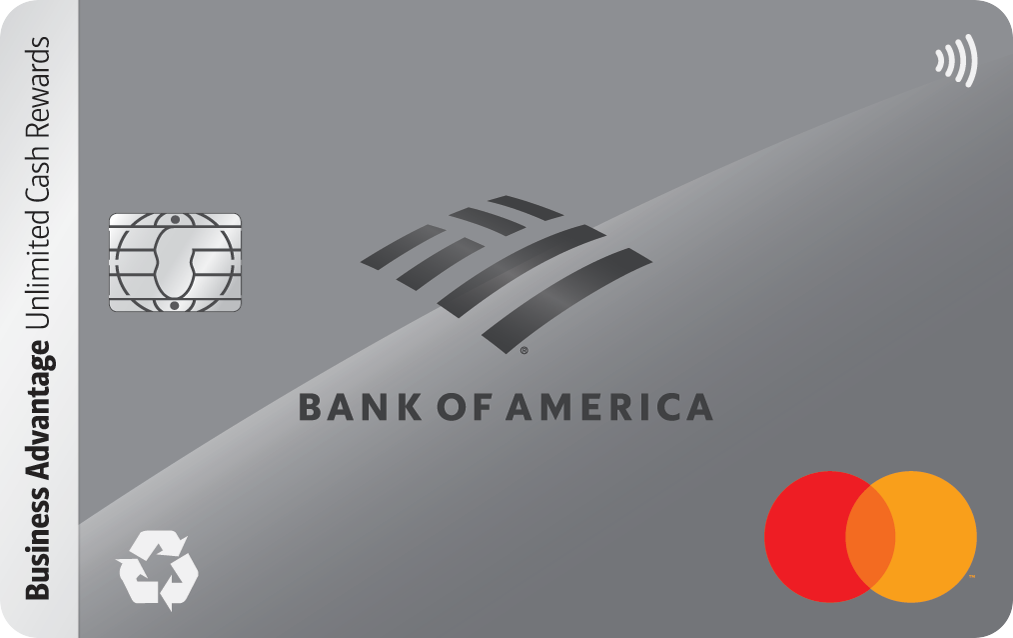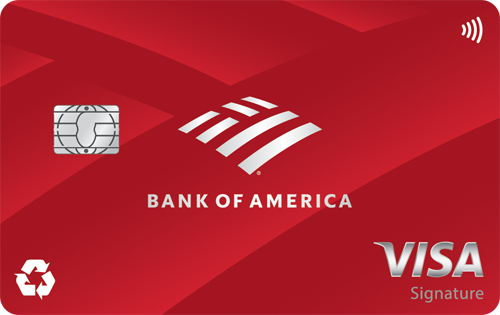Here's What Happens When You File for Bankruptcy

Image source: Getty Images
Filing for bankruptcy is never part of anyone's plan. It feels like closing a door that can't be reopened. In reality, it's a legal tool designed to help you start over.
Here's what actually happens when you file, and what life looks like on the other side.
Step 1: You complete a required course
Before your case even begins, you'll need to take a short credit counseling course from an approved agency. It usually costs around fifty dollars and can be done online in under an hour.
This session confirms that you've explored your options. Once finished, you'll get a certificate you'll need to include in your filing.
Step 2: You choose the type of bankruptcy
Most people file under Chapter 7 or Chapter 13.
- Chapter 7 clears out unsecured debt like credit cards, personal loans, and medical bills. It moves quickly but may require selling certain assets to repay creditors.
- Chapter 13 reorganizes your debts into a three- to five-year repayment plan. You keep your assets and make regular payments before any remaining eligible debt is wiped clean.
Which one applies depends on your income, assets, and state laws.
Step 3: The calls and collection notices stop
As soon as your case is filed, an automatic stay takes effect. That means creditors must stop calling, sending letters, garnishing wages, or moving forward with lawsuits and foreclosures.
It doesn't erase your debts yet, but it gives you breathing room while the court reviews your case.
Step 4: A trustee reviews everything
A court-appointed trustee oversees your case. Their role is to verify your paperwork, confirm your income and assets, and determine what can be repaid.
You'll attend a brief 341 meeting where you answer simple questions about your finances. It's informal and usually takes only a few minutes.
Step 5: Eligible debts are discharged
Once the court approves your case, qualifying debts are erased.
Typically discharged:
- Credit card balances
- Medical bills
- Personal loans
Not usually discharged:
- Student loans
- Child support or alimony
- Most taxes and fines
Mortgages and car loans are treated differently. You can usually keep your home or vehicle if you stay current on payments or include them in a Chapter 13 plan.
Step 6: Your credit score falls, then slowly rebounds
A bankruptcy filing can stay on your credit report for up to 10 years. The immediate drop can be steep, often more than 100 points.
But it's not permanent damage. Many filers see their scores begin to recover within one to two years once they start paying bills on time, keeping balances low, and adding new positive credit lines.
Step 7: You rebuild from the ground up
After discharge, the most important move is building a financial safety net.
Start small. Set aside even $25 a week in a high-yield savings account. Track your spending. Use a secured credit card to rebuild payment history.
Bankruptcy clears the past, but your new habits decide the future.
The bottom line
Bankruptcy doesn't mean you've failed. It means you reached for a system built to give people a second chance.
The process takes time, but it can turn years of stress into a manageable plan for recovery. Once you're on stable footing again, focus on protecting that progress with a savings account that actually rewards you for keeping money there.
Compare the best high-yield savings accounts available today.
Our Research Expert



